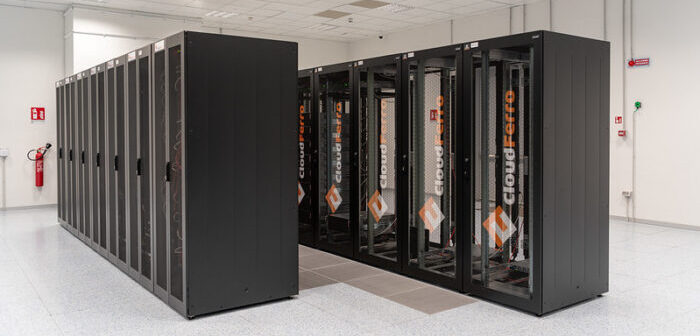The European Centre for Medium-Range Weather Forecasts (ECMWF) is set to provide five times more supercomputing resources for weather and climate research at its new data center in Bologna, Italy, as part of its Special Project framework.
The new data center is built around an Atos high-performance computing facility specifically designed to support both time-critical forecasts and typical research workflows.
Special Project applications are open to researchers from any organization in ECMWF member states and should be submitted before June 30, 2022, for a start in 2023.
The annual application cycle opens at the end of May, when details about available resources will be published. It is now closed for Special Projects starting in 2022, but late requests, which might be eligible for resources from a reserve, can be submitted any time.
Special Projects are defined as ‘experiments or investigations of a scientific or technical nature, undertaken by one or more member states, likely to be of interest to the general scientific community’.
Selected projects will have access not only to a top high-performance computing facility and one of the largest meteorological archives in the world, but also to full user support. Projects vary in size and can run for up to three years.
A quarter of ECMWF’s high-performance computing resources are allocated to member states. Of these, up to 10% are reserved for Special Projects. More than 80 Special Projects are currently running at the center.
Recently resources have been allocated, for example, to investigate imprecise approaches to accelerate weather forecasts, the advanced assimilation of satellite observations and the impact of improved atmospheric forcing over a limited-area Arctic region, or mining fifth-generation reanalysis data for energy budget changes and forecast uncertainty growth.
All Special Project applications undergo a review process by the center and its Scientific Advisory Committee (SAC) and are ranked primarily by their scientific quality.
To find out more about how to apply, click here.
This article was originally posted on the ECMWF website, and can be viewed here.
Headline adapted to suit the Meteorological Technology International website. Content shared under Creative Commons — Attribution 4.0 International — CC BY 4.0



